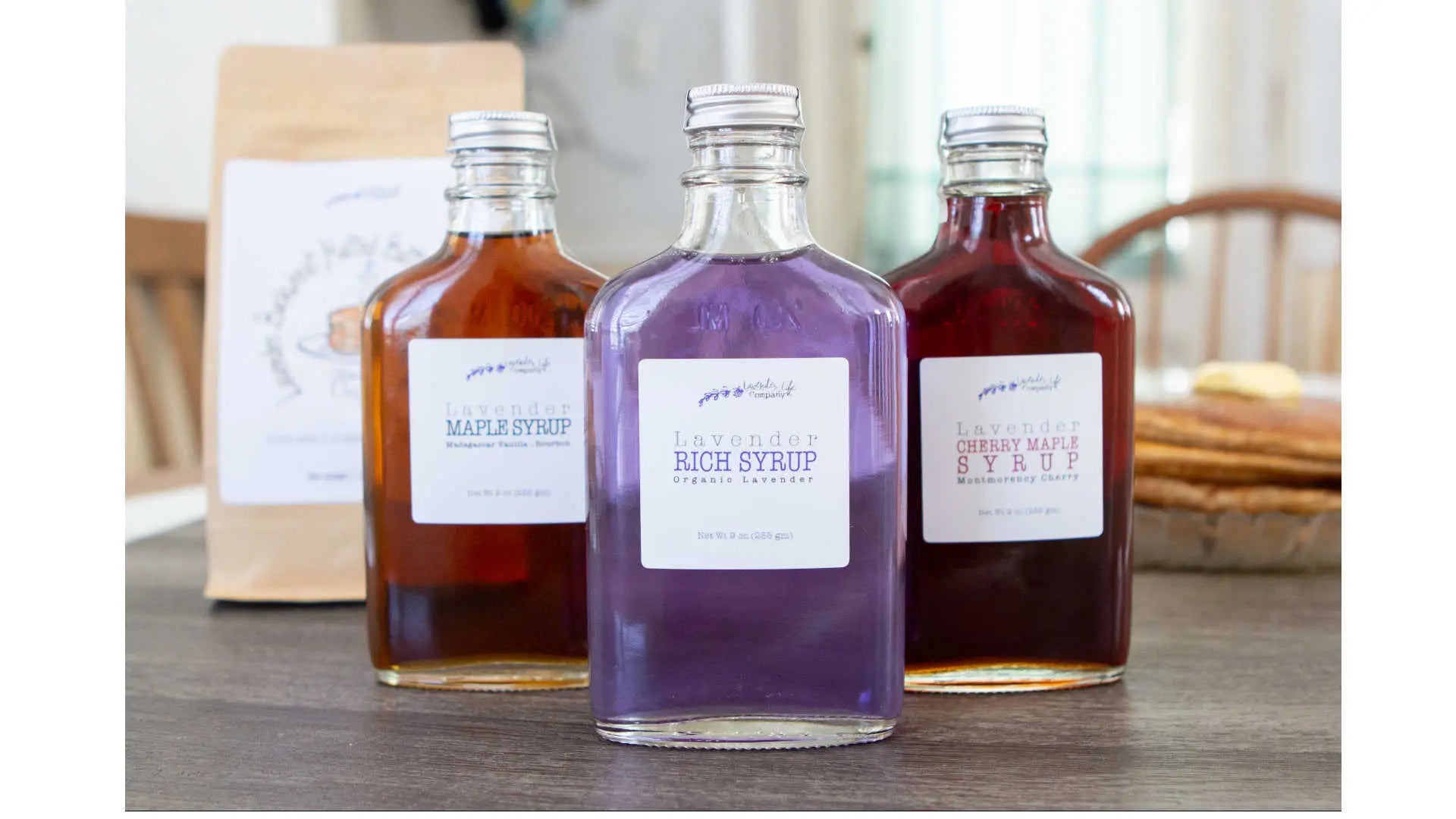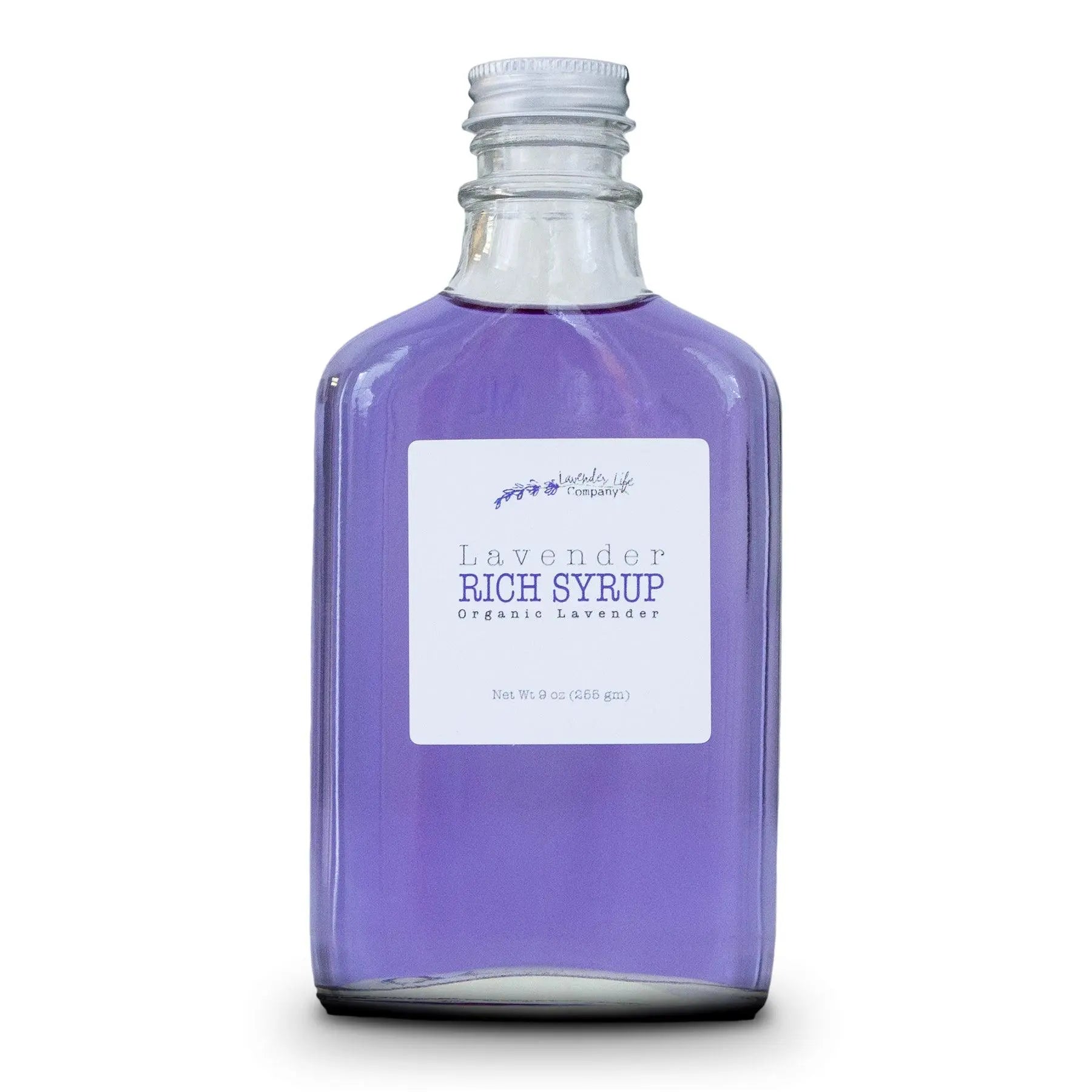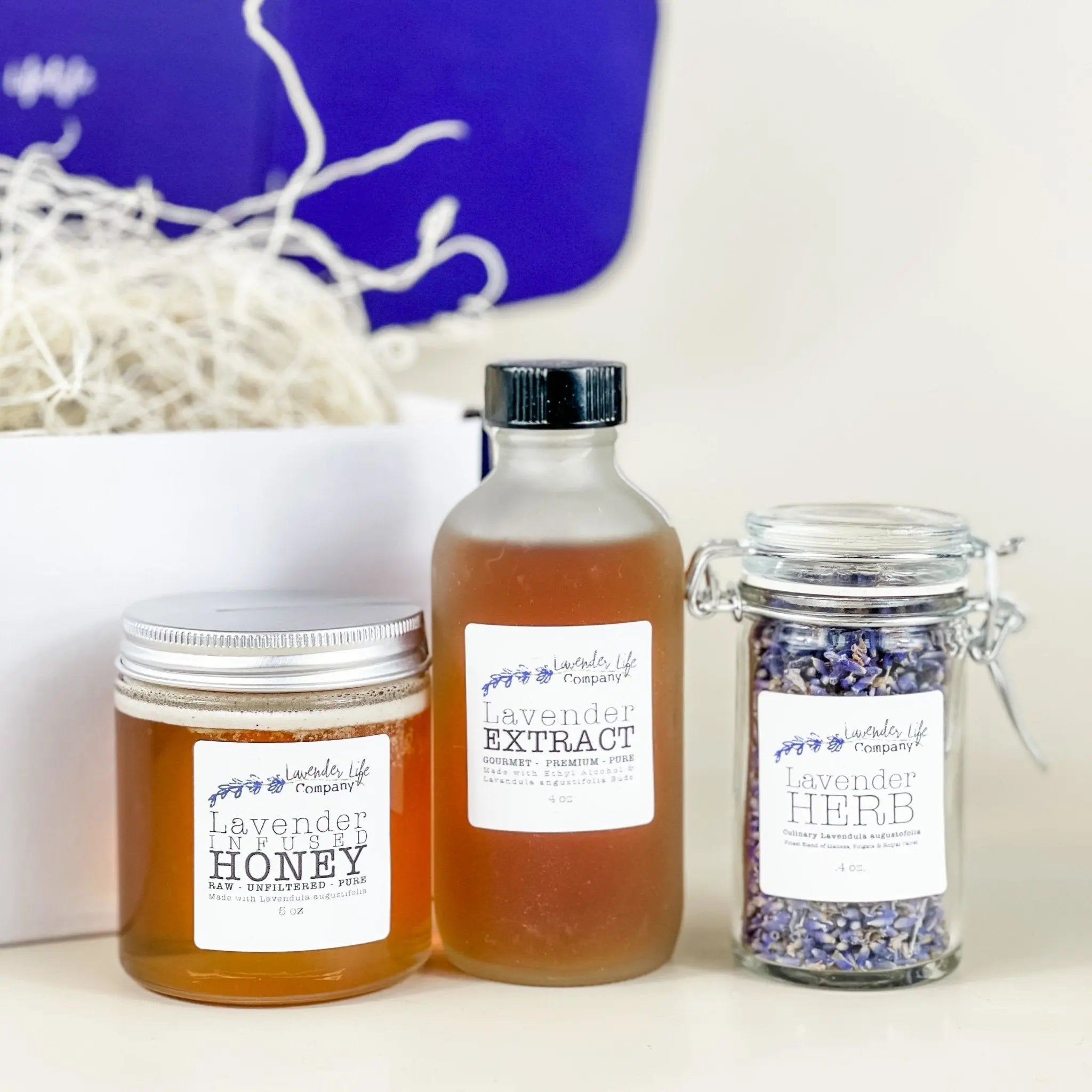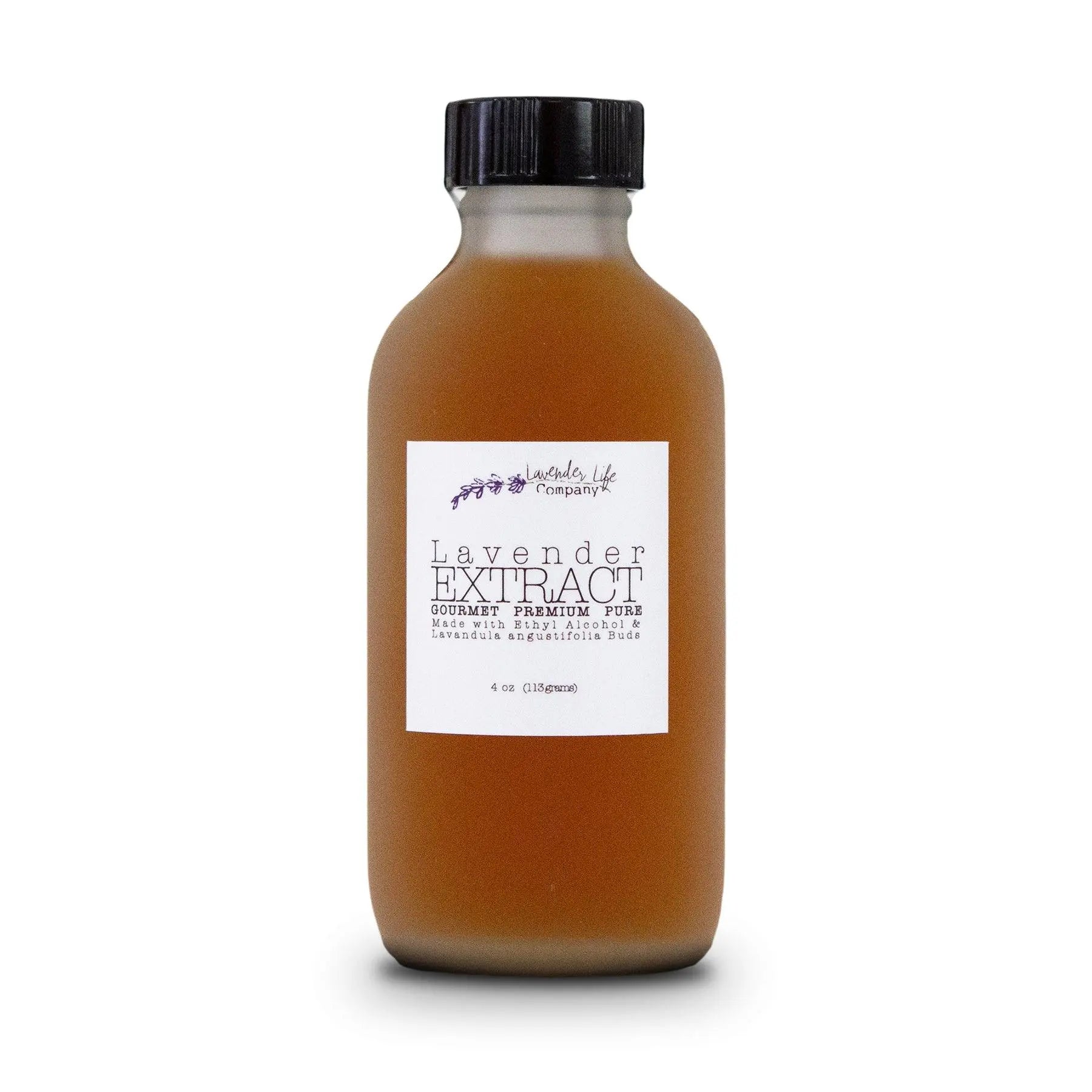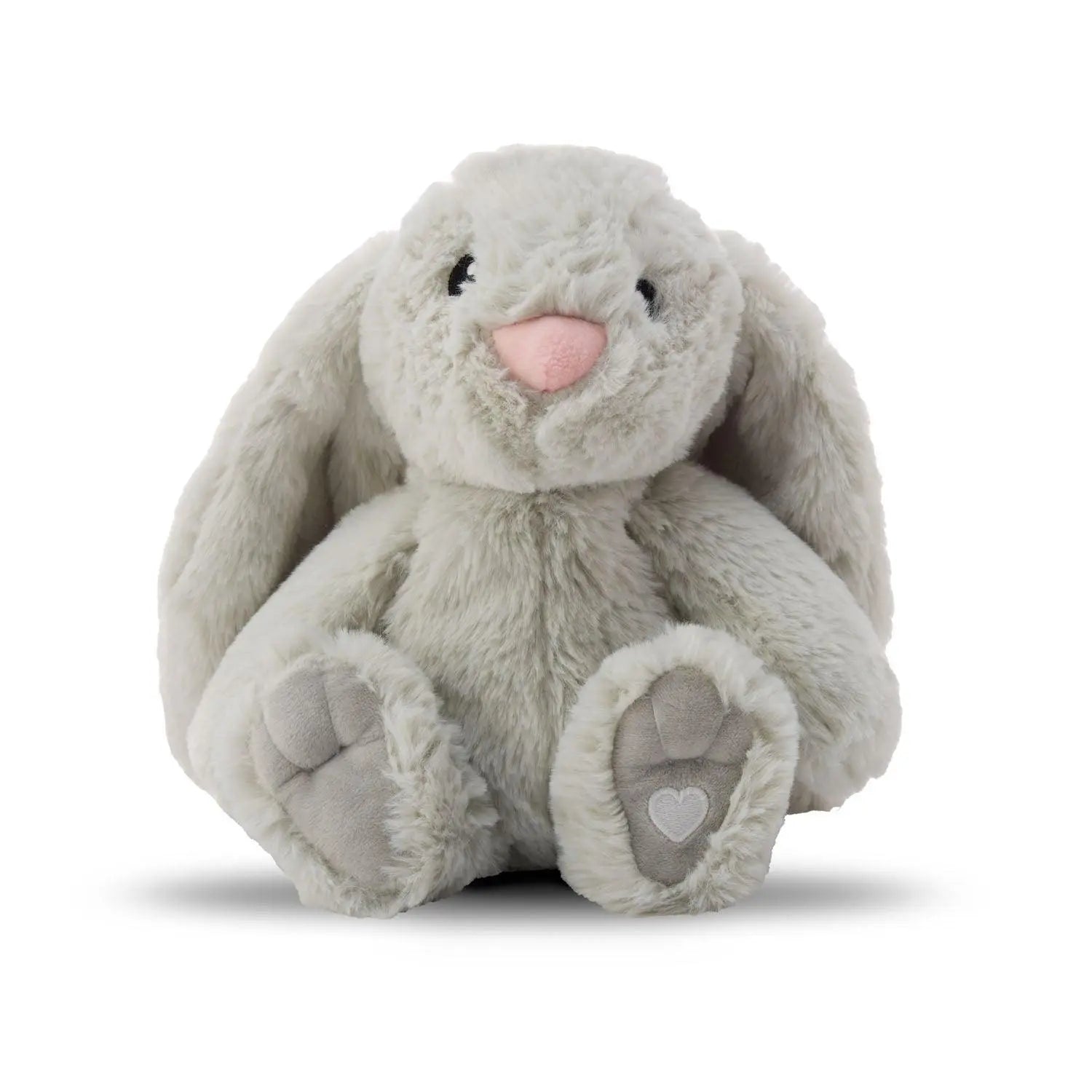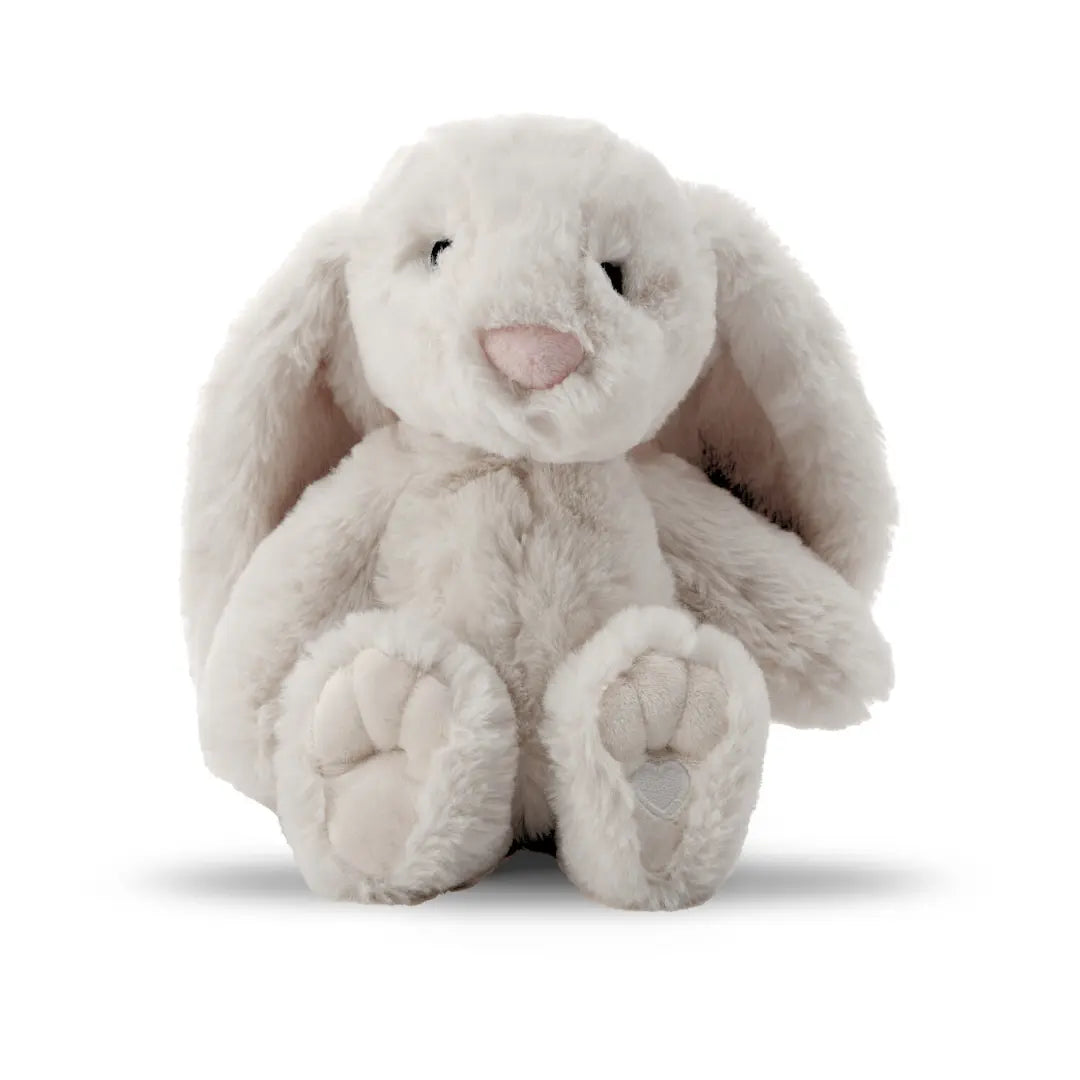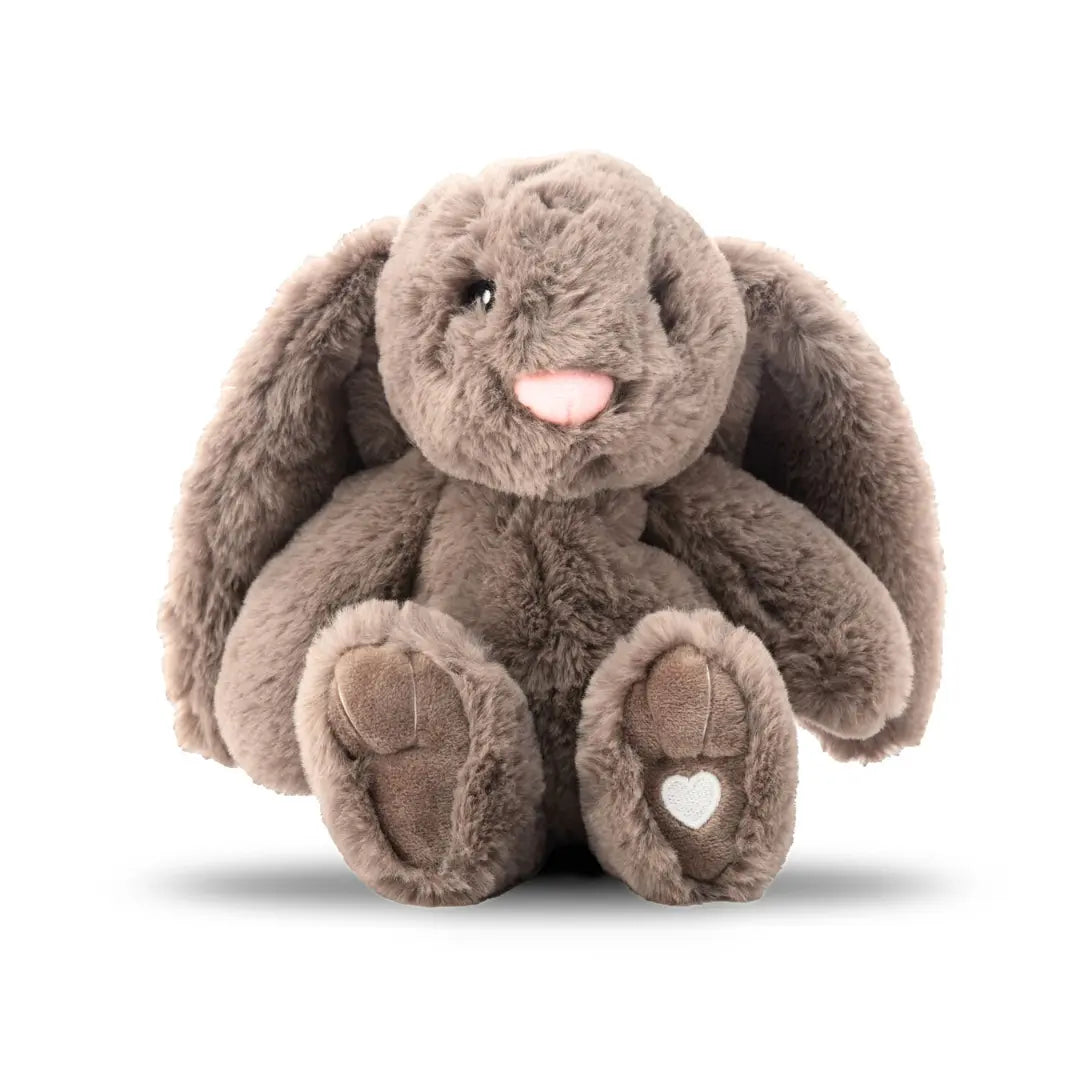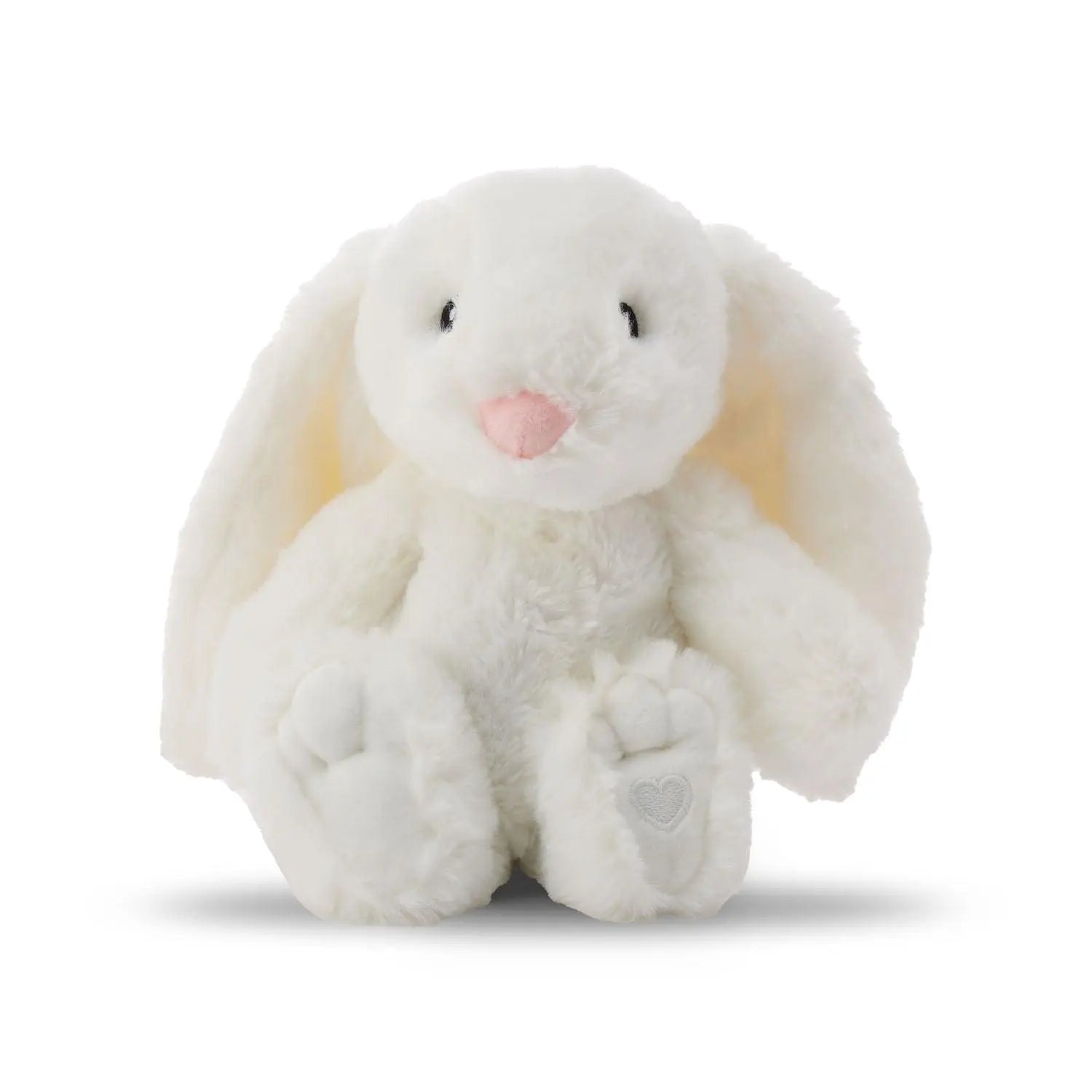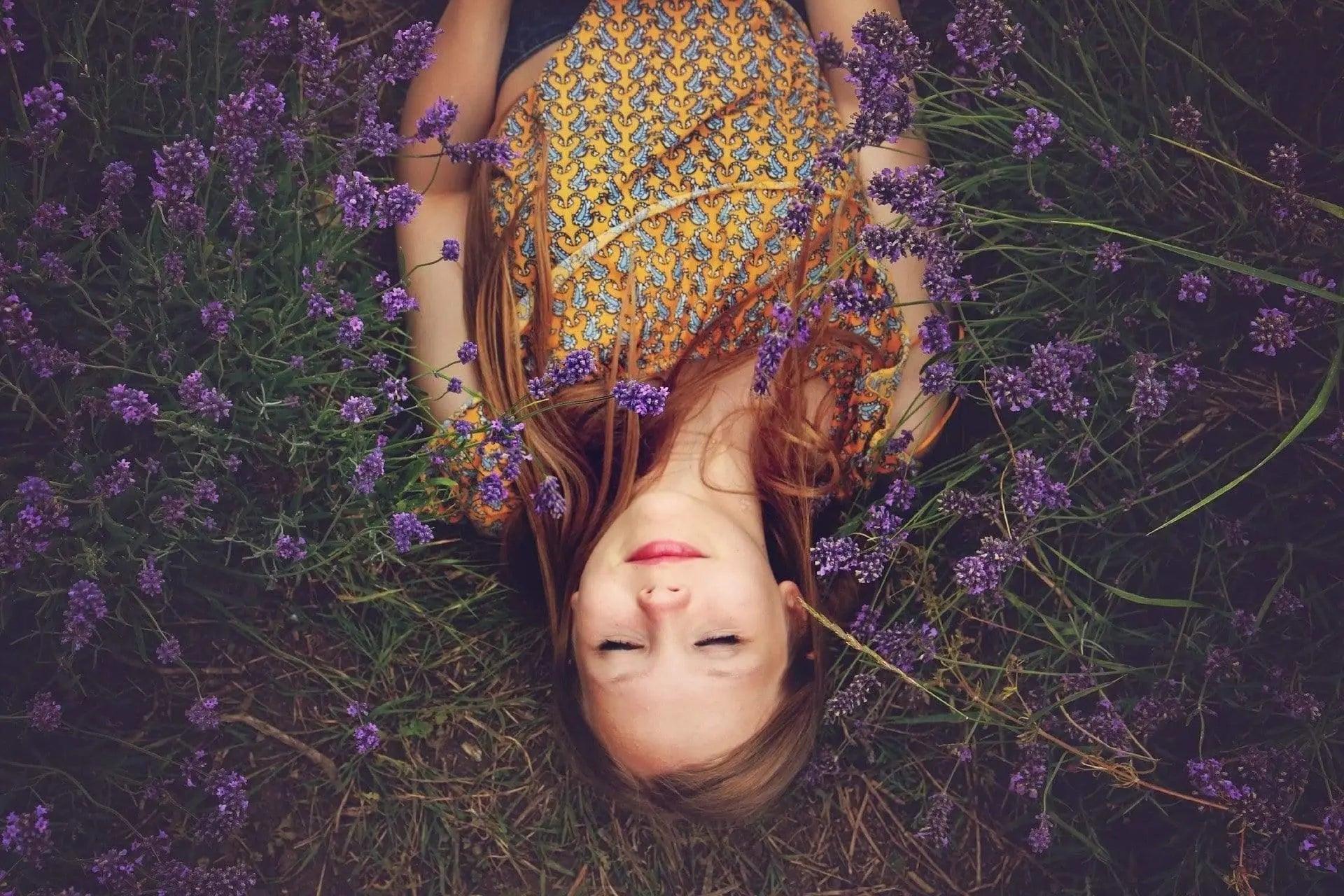Pain Relief with Lavender

In ancient times, lavender was a go-to herb in many households, with applications ranging from bathing to laundering to healing for pain relief. More than just a lovely garden flower or balmy fragrance, it was reputed to have a host of therapeutic qualities, and was used as an antiseptic for dressing wounds, a sleep aid and relaxant, and an analgesic.
In the centuries that followed, traditional lavender remedies were slowly replaced with pharmaceutical drugs, and, while some of those advancements are inarguably for the better, many people today are seeking to return to natural alternatives—especially for treating pain.
Results of recent studies support this trend, elevating lavender from its place in folkloric anecdotes to a bona fide option for alleviating certain types of pain, including arthritis, lower back pain, menstrual cramps, and headache.
It’s easy to see why many eagerly welcome (or should we say: re-welcome) lavender herb and essential oil into daily life. Here are some ways it can be used:
Ingesting
Though it is generally not advised to swallow cosmetic lavender essential oil, it is safe to consume culinary lavender (Lavandula angustifolia, or English lavender) in herb and extract form, as well as lavender-infused honey. Yum!
Cooking with lavender is one way to access its benefits; another is to steep it as a soothing tea, which can not only ease headaches, but also digestive distress.
Massage
What’s better than a massage to reduce pain, stress, and muscle stiffness? The addition of lavender essential oil to the carrier oil! With its calming, blood circulating, and muscle relaxing properties, lavender offers more than a pleasing scent; it works with the massage therapist’s hands to create a heightened response.
Follow up your massage with a lavender-infused Dead Sea salt soak and you can further amplify the effects.
Aromatherapy
Though teas and massage oils create an aromatic experience on their own, vaporizing lavender oil is an easy, passive way to reap the rewards of lavender. Simply add a few drops to a diffuser to create a fragrant mist that freshens the air while giving you a dose of serenity, plus tension relief. Migraine sufferers have even reported that sniffing lavender oil decreased pain significantly.
Ready to try it? These pretty, yet practical diffusers give you a statement piece for your home that beautifully serves a higher purpose.
It may not be a cure-all, but lavender does show promise in pain management, and, because it can also improve sleep and lessen menopausal and perimenopausal symptoms it can be beneficial to keep on hand—both in the kitchen and in your medicine cabinet.
And, one more thing… At Lavender Life, we believe in living a simpler, softer lifestyle, but that doesn’t mean we don’t believe in the powerful and complex virtues of modern medicine.
We view lavender as a complement to a variety of therapies, and urge anyone wanting to introduce lavender into their regimen to talk with their doctor before using it as a replacement to standard, medical treatments or remedies.


